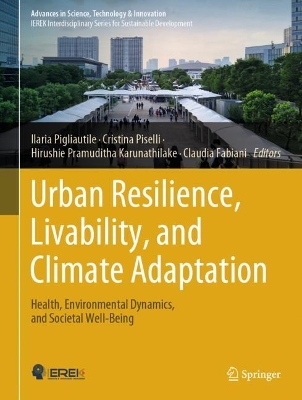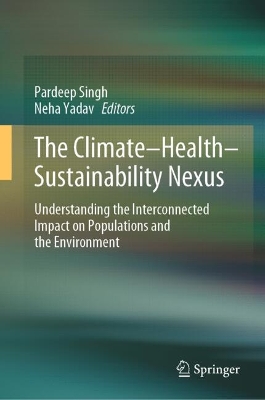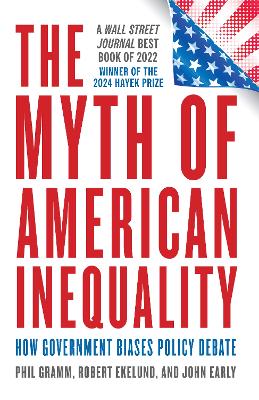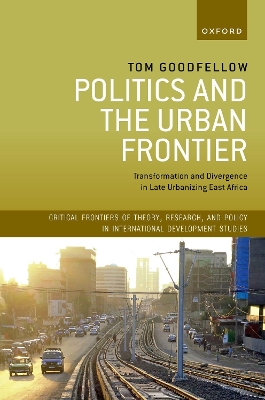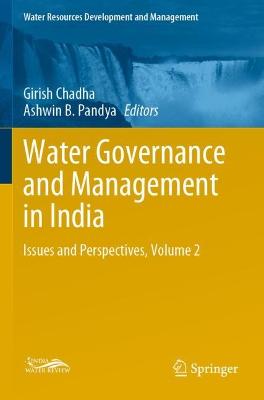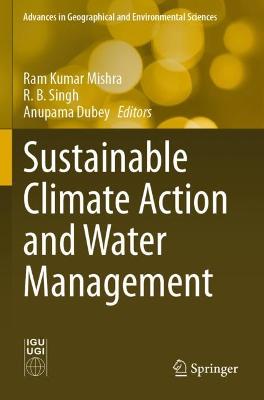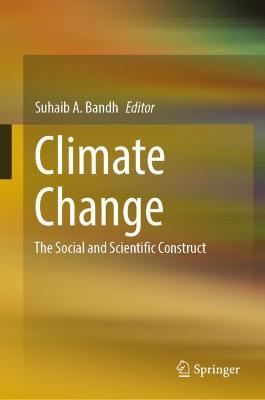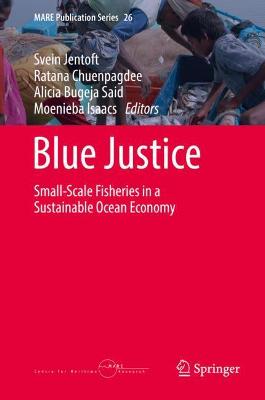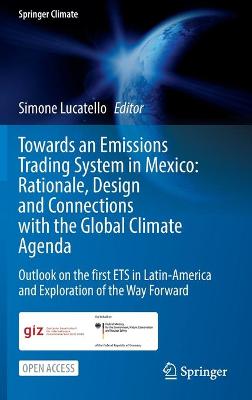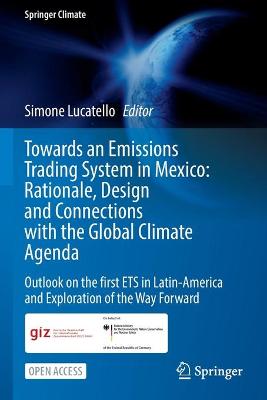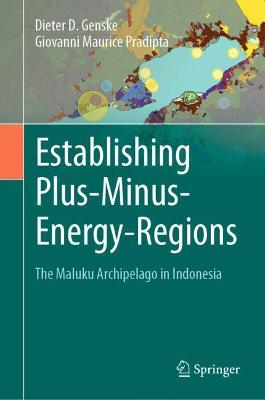Climate Change and Adaptation for Food Sustainability
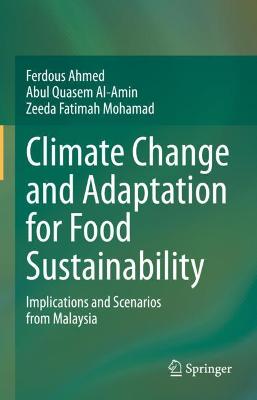 portes grátis
portes grátis
Climate Change and Adaptation for Food Sustainability
Implications and Scenarios from Malaysia
Al-Amin, Abul Quasem; Mohamad, Zeeda Fatimah; Ahmed, Ferdous
Springer Nature Switzerland AG
01/2022
153
Dura
Inglês
9783030853747
15 a 20 dias
455
ACKNOWLEDGEMENTS
TABLE OF CONTENTS
LIST OF FIGURES
LIST OF TABLES
LIST OF SYMBOLS AND ABBREVIATIONS
Chapter One: Introduction
1.1 Introduction
1.2 Research background
1.2.1 Problem statement
1.3 Research questions
1.4 Objectives of the research
1.5 Current climate change scenario in Malaysia
1.6 Significance of the study
1.6.1 Limitations
1.7 Conclusion
1.8 Thesis organization
Chapter Two: Literature Review
2.1 Introduction
2.2 Climate variability and climate change
2.2.1 Declining food sector
2.3 ADB Observations of Climate Change in Agriculture in South East Asia
2.4 Dynamics of food security under changing climate
2.5 Food security and climate change: a conceptual framework
2.6 Contribution of food sector in Malaysian GDP:
2.7 Potential impacts of climate change on food security in Malaysia:
2.8 Climate change and self-sufficiency level in rice production in Malaysia:
2.9 Food Security Policy in Malaysia
2.10 Food security and responses to climate change
2.11 Exploring development paths: institutions and collective behaviour
2.12 Empirical literature on the impact of climate change
2.13 Relevant literature based on national and international perspectives
2.14 Models to assess the impact of climate change
2.14.1 Partial equilibrium models
2.14.2 Crop simulation models
2.14.3 Agro-ecological zone (AEZ) models
2.14.4 Ricardian models
2.15 Adaptation policy for food security
2.15.1 Levels and approaches of adaptation for Malaysia
2.15.2 Government's policies, challenges and actions for food security in the national level
2.15.3 Food policy measures and challenges at international level
2.16 Literature gap
2.17Contribution toliterature for Malaysian perspectives
Chapter Three: Methodology
3.1 Introduction
3.2 Hypothetical construction of the study
3.3 General equilibrium theory
3.4 Conceptual framework of the study
3.5 Sources of the data
3.5.1 Study area
3.5.2 Empirical economizing adoption
3.6 Study of different level of adaptation option for climate change
3.7 Description of Simulations
3.8 The basic of Computable General Equilibrium (CGE) model
3.9 Pros and Cons of the basic model
3.10 Social accounting matrix (SAM)
3.11 SAM Market Closure
3.11.1 Market Clearance Condition
3.11.2 Normal Profit Condition
3.11.3 Factor Market Balance
3.12 Balancing a social accounting matrix (SAM)
3.13 A CGE Model for Malaysian Economy
3.13.1 Basic Structure of the Model
3.13.2 Prices
3.14 Production
3.15 Domestic demand
3.16 Mathematical Statement and Specification of the MICE Model
3.17 Price block 141
3.17.1 Import Price
3.17.2 Export Price
3.17.3 Composite Goods Price
3.17.4 Domestic Output Price
3.17.5 Activity Price
3.17.6 Value-added Price
3.17.7 Consumer Price Index
3.18 Producer Price Index for Non-traded Market Output
3.19 The Production and Commodity Block Equations
3.20 Factor Income
3.20.1 Household Income
3.20.2 Household Consumption Demand
3.20.3 Investment Demand
3.20.4 Government Revenue
3.20.5 Government Expenditure
3.21 System Constraints Block
3.21.1 Factor Markets
3.21.2 Composite Commodity Markets
3.21.3 Current-Account Balance for the Rest of the World, (in Foreign Currency) 150
3.21.4 Savings-Investment Balance
3.22 Climate Change Block
3.23 Calibrating the CGE Model
3.24 Perform Scenario Simulations within the CGE Model
3.25 Conclusion 157
Chapter Four: Scenarios of Adaptation Cost for Food Sustainability
4.1 Introduction
4.2 Policy scenarios
4.3 Description of Simulations
4.4 Different scenario analysis
4.4.1 Different level of damages from climate change
4.4.2 Cost of different adaptation option
4.4.3 The effect of climate change in government expenditure
4.4.4 The impact of climate change on food sustainability over time
4.4.5 The effects of adaptation strategies to Real Gross Domestic Product (RGDP)
Chapter Five: Policy Implications and Validations
5.1 Introduction
5.2 Suitable adaptation policy for food sustainability
5.3 Macro-economic effects of climate change
5.4 Predicted implications of adaptation options on food sustainability:
5.5 Adaptation action and policy issues for Malaysia
5.6 Summary
Chapter Six: Adaptation Policy Recommendation
6.1 Introduction
6.2 Summary of findings
6.2.1 Different level of adaptation action
6.2.2 Adaptation cost and benefit for adaptation policy
6.2.3 Impacts of climate change for adaptation option
6.3 Capacity building options and gaps in the local policy community
6.4 Policy suggestion
6.5 Contribution
6.6 Suggestions for future research
6.7 Limitations 2
References
List of Publications and Papers Presented
Appendix
ACKNOWLEDGEMENTS
TABLE OF CONTENTS
LIST OF FIGURES
LIST OF TABLES
LIST OF SYMBOLS AND ABBREVIATIONS
Chapter One: Introduction
1.1 Introduction
1.2 Research background
1.2.1 Problem statement
1.3 Research questions
1.4 Objectives of the research
1.5 Current climate change scenario in Malaysia
1.6 Significance of the study
1.6.1 Limitations
1.7 Conclusion
1.8 Thesis organization
Chapter Two: Literature Review
2.1 Introduction
2.2 Climate variability and climate change
2.2.1 Declining food sector
2.3 ADB Observations of Climate Change in Agriculture in South East Asia
2.4 Dynamics of food security under changing climate
2.5 Food security and climate change: a conceptual framework
2.6 Contribution of food sector in Malaysian GDP:
2.7 Potential impacts of climate change on food security in Malaysia:
2.8 Climate change and self-sufficiency level in rice production in Malaysia:
2.9 Food Security Policy in Malaysia
2.10 Food security and responses to climate change
2.11 Exploring development paths: institutions and collective behaviour
2.12 Empirical literature on the impact of climate change
2.13 Relevant literature based on national and international perspectives
2.14 Models to assess the impact of climate change
2.14.1 Partial equilibrium models
2.14.2 Crop simulation models
2.14.3 Agro-ecological zone (AEZ) models
2.14.4 Ricardian models
2.15 Adaptation policy for food security
2.15.1 Levels and approaches of adaptation for Malaysia
2.15.2 Government's policies, challenges and actions for food security in the national level
2.15.3 Food policy measures and challenges at international level
2.16 Literature gap
2.17Contribution toliterature for Malaysian perspectives
Chapter Three: Methodology
3.1 Introduction
3.2 Hypothetical construction of the study
3.3 General equilibrium theory
3.4 Conceptual framework of the study
3.5 Sources of the data
3.5.1 Study area
3.5.2 Empirical economizing adoption
3.6 Study of different level of adaptation option for climate change
3.7 Description of Simulations
3.8 The basic of Computable General Equilibrium (CGE) model
3.9 Pros and Cons of the basic model
3.10 Social accounting matrix (SAM)
3.11 SAM Market Closure
3.11.1 Market Clearance Condition
3.11.2 Normal Profit Condition
3.11.3 Factor Market Balance
3.12 Balancing a social accounting matrix (SAM)
3.13 A CGE Model for Malaysian Economy
3.13.1 Basic Structure of the Model
3.13.2 Prices
3.14 Production
3.15 Domestic demand
3.16 Mathematical Statement and Specification of the MICE Model
3.17 Price block 141
3.17.1 Import Price
3.17.2 Export Price
3.17.3 Composite Goods Price
3.17.4 Domestic Output Price
3.17.5 Activity Price
3.17.6 Value-added Price
3.17.7 Consumer Price Index
3.18 Producer Price Index for Non-traded Market Output
3.19 The Production and Commodity Block Equations
3.20 Factor Income
3.20.1 Household Income
3.20.2 Household Consumption Demand
3.20.3 Investment Demand
3.20.4 Government Revenue
3.20.5 Government Expenditure
3.21 System Constraints Block
3.21.1 Factor Markets
3.21.2 Composite Commodity Markets
3.21.3 Current-Account Balance for the Rest of the World, (in Foreign Currency) 150
3.21.4 Savings-Investment Balance
3.22 Climate Change Block
3.23 Calibrating the CGE Model
3.24 Perform Scenario Simulations within the CGE Model
3.25 Conclusion 157
Chapter Four: Scenarios of Adaptation Cost for Food Sustainability
4.1 Introduction
4.2 Policy scenarios
4.3 Description of Simulations
4.4 Different scenario analysis
4.4.1 Different level of damages from climate change
4.4.2 Cost of different adaptation option
4.4.3 The effect of climate change in government expenditure
4.4.4 The impact of climate change on food sustainability over time
4.4.5 The effects of adaptation strategies to Real Gross Domestic Product (RGDP)
Chapter Five: Policy Implications and Validations
5.1 Introduction
5.2 Suitable adaptation policy for food sustainability
5.3 Macro-economic effects of climate change
5.4 Predicted implications of adaptation options on food sustainability:
5.5 Adaptation action and policy issues for Malaysia
5.6 Summary
Chapter Six: Adaptation Policy Recommendation
6.1 Introduction
6.2 Summary of findings
6.2.1 Different level of adaptation action
6.2.2 Adaptation cost and benefit for adaptation policy
6.2.3 Impacts of climate change for adaptation option
6.3 Capacity building options and gaps in the local policy community
6.4 Policy suggestion
6.5 Contribution
6.6 Suggestions for future research
6.7 Limitations 2
References
List of Publications and Papers Presented
Appendix

